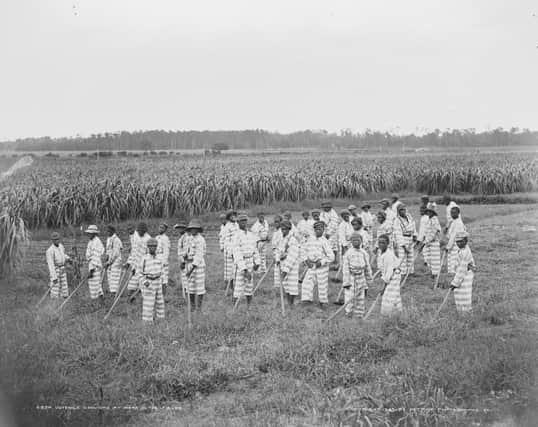Boris Johnson, chain gangs and unlocking the language of crime and punishment – Susie Dent


“They are to wear chains and the yellow dress, with the word ‘felon’ stamped upon it in several places…. They are to be put to the heaviest and most degrading labour that can be found.” So ran a report in an issue of the Westminster Review from 1834 on the fate of “the very worst” of convicts sent to Van Diemen’s Land, a British crown colony established on the island of Tasmania.
Nearly two centuries on, Boris Johnson last week announced the government’s new crime plan, whose measures include making those guilty of anti-social behaviour repay their debt to the public in “fluorescent-jacketed chain gangs”.
The status of the chain gangs of Van Diemen’s Land was well below that of the “relief gangs” (“men who have conducted themselves properly after long probation”) and “educated convicts” who would be employed in gardening and fencing. Any convict, however, was liable to be punished “by removal to the chain gang, and by flagellation”.
Advertisement
Hide AdAdvertisement
Hide Ad